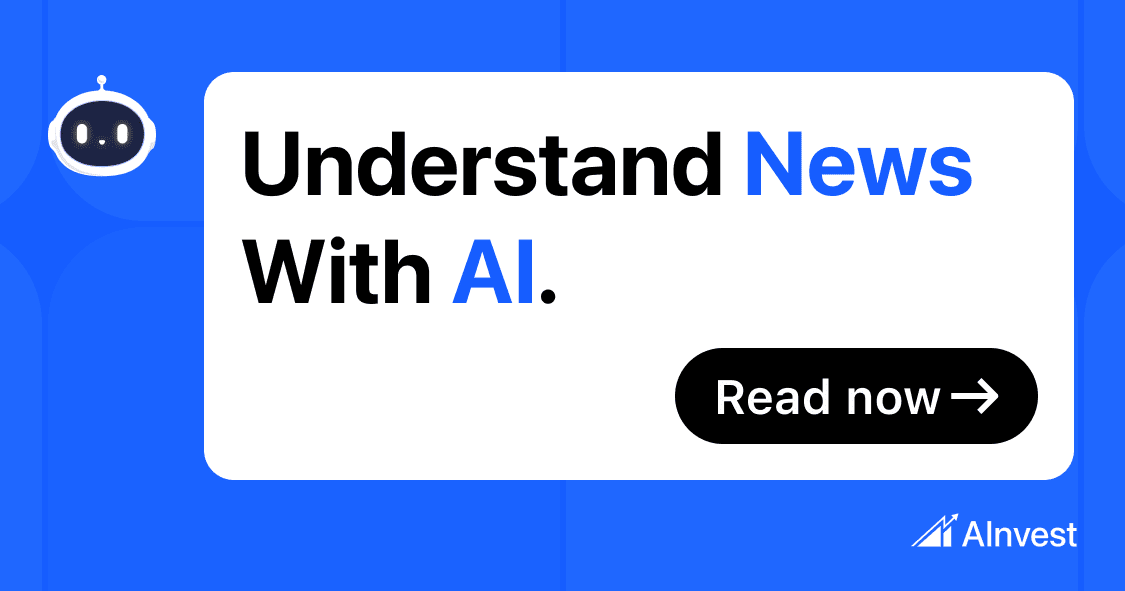
The Emergence of Wholesale Digital Gold: A New Era for Gold as Collateral
The global financial system is undergoing a seismic shift as digital gold emerges as a transformative collateral asset. By 2025, tokenized gold has evolved from a niche experiment to a $2.57 billion market, driven by institutional demand for efficiency, transparency, and programmability in collateral management [1]. This shift is not merely technological but structural, redefining how gold functions as a store of value, a hedge, and a liquidity tool in a digitized financial ecosystem.
Tokenization: Bridging Physical and Digital Value
Tokenized gold platforms like Paxos Gold (PAXG) and Tether Gold (XAUT) have democratized access to gold by fractionalizing ownership and enabling blockchain-based settlement. Unlike traditional gold, which requires physical storage, verification, and multi-day transfers, tokenized gold settles in seconds, reducing counterparty risk and operational friction [2]. For example, JPMorgan’s Onyx platform now allows institutions to pledge tokenized gold as collateral intra-day, streamlining margin calls and repo transactions [3]. This efficiency is critical in a world where central banks added over 1,000 tonnes of gold to reserves in 2024 alone, signaling a broader flight to safety amid geopolitical and macroeconomic volatility [2].
Institutional Adoption and Regulatory Tailwinds
Institutional adoption has accelerated as tokenized gold integrates with DeFi and structured finance. Franklin Templeton and BlackRock have launched tokenized gold products, leveraging blockchain to offer investors programmable, auditable, and divisible assets [5]. Regulatory frameworks in Singapore, the UAE, and the EU have further catalyzed growth by balancing innovation with compliance, ensuring tokenized gold adheres to anti-money laundering (AML) and know-your-customer (KYC) standards [4]. By mid-2025, over $26 billion in tokenized real-world assets (RWAs), including gold, were under management, with projections suggesting a 10–30% global asset tokenization rate by 2030 [4].
Collateral Efficiency: Quantifying the Gains
Tokenized gold’s efficiency gains are measurable. Traditional gold settlements, which involve intermediaries and physical logistics, often take 3–7 days. In contrast, blockchain-enabled settlements occur in seconds, reducing counterparty exposure and freeing capital for reinvestment [3]. For instance, financial institutions using tokenized gold reported an 80% reduction in cross-border settlement times and a 75% cut in repo transaction costs [3]. These improvements are amplified by smart contracts, which automate custody, compliance, and margin adjustments, eliminating manual processes prone to error and delay [2].
Investment Structuring: From DeFi to Structured Products
Tokenized gold is also reshaping investment structuring. In DeFi, platforms like AAVE allow users to deposit PAXG as collateral to borrow stablecoins or fiat, preserving gold’s value while unlocking liquidity [6]. Structured products are similarly innovating: Blue Gold Limited’s Blue Gold Token (BGT) enables direct-to-consumer pre-sales of gold production, bypassing traditional financing and reducing capital costs by up to 40% [4]. Meanwhile, projects like SmartGold and Chintai Nexus have tokenized $1.6 billion in gold for IRA holders, offering tax-deferred collateralization within self-directed retirement accounts [1].
Challenges and the Road Ahead
Despite its promise, tokenized gold faces hurdles. The “liquidity paradox”—where slow-moving assets become hyper-liquid tokens—risks flash crashes in DeFi markets [2]. Regulatory divergence and custodial concentration also pose challenges, as seen in the limited secondary market activity for some tokenized assets [3]. However, advancements in distributed ledger technology (DLT) and regulatory alignment are addressing these gaps. The Bank for International Settlements (BIS) envisions a future where tokenized gold, alongside central bank reserves and government bonds, operates on a unified ledger, enabling seamless delivery-versus-payment (DvP) mechanisms [4].
Conclusion
Wholesale digital gold is not a fleeting trend but a foundational shift in how value is stored, transferred, and leveraged. By combining gold’s time-tested resilience with blockchain’s efficiency, tokenized gold is redefining collateral management for a new era. As institutions, regulators, and innovators continue to align, the next-generation financial system will likely see gold not just as a safe haven, but as a programmable, liquid, and globally accessible asset.
Source:
[1] Gold-Backed Stablecoins in 2025: Can Digital Gold Rival [https://yellow.com/research/gold-backed-stablecoins-in-2025-can-digital-gold-rival-usdt-and-usdc][2] The Tokenisation of Assets and Potential Implications for Financial Markets [https://www.researchgate.net/publication/338740098_The_Tokenisation_of_Assets_and_Potential_Implications_for_Financial_Markets][3] BACK TO TRADFI? EVALUATING WHETHER THE … [https://www.linkedin.com/pulse/back-tradfi-evaluating-whether-regulatory-integration-ben-chan-lkmpc][4] III. The next-generation monetary and financial system [https://www.bis.org/publ/arpdf/ar2025e3.htm][5] Real World Assets in 2025: Adoption, Regulation, and … – Pivot [https://blog.0xpivot.com/real-world-assets-in-2025-adoption-regulation-and-the-road-ahead-4478c4ceea55][6] AAVE and PAXG: Exploring Tokenized Gold and DeFi [https://www.okx.com/en-us/learn/aave-paxg-tokenized-gold-defi]
